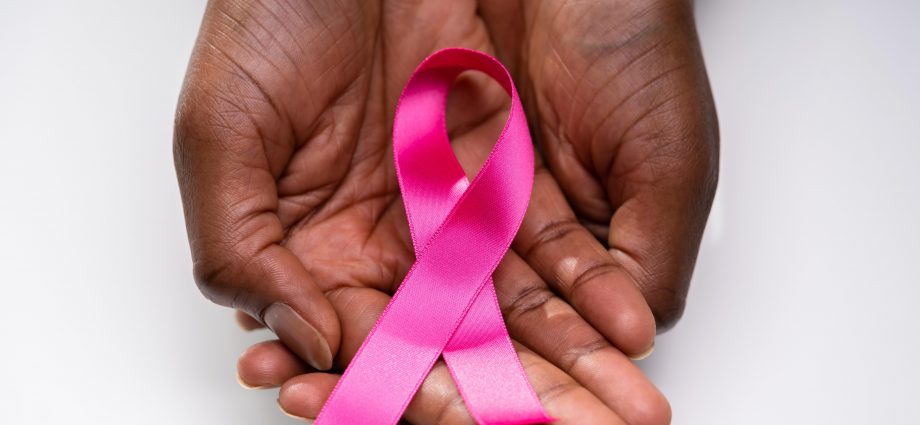TUESDAY, Oct. 4, 2022 (HealthDay News) — Breast cancer researchers and clinicians have made tremendous progress in reducing death rates in the past three decades, yet a racial gap persists in the United States.
Even with the lower numbers of actual disease compared to white patients, Black women are still much more likely to die from the disease.
The American Cancer Society highlights these disparities in a new report.
“We found that despite continued progress in reducing the risk of death from breast cancer, there is an alarming persistent gap for Black women, who have a 40% higher risk of dying from breast cancer than White women despite lower incidence. This is not new, and it is not explained by more aggressive cancer,” said report co-author Rebecca Siegel, senior scientific director of surveillance research at the American Cancer Society.
“We have been reporting this same disparity year after year for a decade. It is time for health systems to take a hard look at how they are caring differently for Black women,” Siegel said in a cancer society news release.
While Black women have 127.8 cancer cases per 100,000, versus white women with 133.7 cases, they have 40% higher death rates, the report says.
Moreover, for every 19.7 white women per 100,000 who die of breast cancer, 27.6 per 100,000 Black women will die. Among women younger than 50, the death rate is twice as high for Black patients.
Black women remain the least likely of any racial/ethnic group to be diagnosed while their breast cancer is at a localized, more easily treated, stage — at 57% versus 68% in white women, researchers found. They also have the lowest five-year survival rate of any racial or ethnic group for all breast cancer subtypes and stages, except stage 1. The largest gaps were between stage 3 and stage 4. For an explanation of staging, click here.
Gaps also exist for American Indian and Alaska Native women, who are 17% less likely to be diagnosed with breast cancer than white women, but 4% more likely to die from the disease.
The U.S. death rate from breast cancer dropped by 43% overall between 1989 and 2020, with 460,000 fewer deaths. The cancer society attributed that to earlier detection through screening, increased awareness and advances in treatment.
That pace of decline has slowed. While death rates dropped about 1.9% annually from 2002 to 2011, they dropped 1.3% annually between 2011 and 2020. That may, in part, reflect increased incidence.
“The slow decline in breast cancer mortality during the most recent period partly reflects stagnant screening uptake and suboptimal receipt of timely and high-quality treatment,” said study co-author Dr. Ahmedin Jemal, senior vice president of surveillance and health equity science for the cancer society.
Jemal called for coordinated and concerted efforts by policymakers, health care systems and providers to deliver the best breast cancer care to all populations. This includes expanding Medicaid in the non-expansion Southern and Midwest states, where Black women are disproportionately represented, he said.
“Also, increased investment is needed for improved early detection methods and treatments,” Jemal said in the release.
Cancer advocates called on lawmakers to provide funding for the National Breast and Cervical Cancer Early Detection Program, a program jointly funded by federal and state governments that helps improve access to lifesaving breast and cervical cancer screenings.
The 2022 breast cancer statistics can be viewed here.
More information
The U.S. National Cancer Institute has more on breast cancer.
SOURCE: American Cancer Society, news release, Oct. 3, 2022
Copyright © 2025 HealthDay. All rights reserved.

